"The Islamic architecture of Punjab has not so far been studied with the seriousness it deserves. The books on architecture of the Indian subcontinent take up just a few monuments from Lahore or Multan, and that is all. It is believed that the architecture of medieval Punjab was limited to these two centres only. But this is not the real story. The whole land of Punjab is studded with monuments.
This book is an outcome of the author’s extensive researches on the subject extended over more than three decades. It covers a detailed account of 141 extant monuments of Punjab, comprising thirteen sarais, eight bridges, seven baolis, six tanks, thirty-three kos-minars, one fortified enclosure, two gardens, two forts, one mansion, one takht, forty-seven tombs, eighteen mosques and two Idgahs. Besides these extant structures, the work also traces available information about 103 extinct monuments which included seven sarais, three bridges, seven baolis, one tank, six kos-minars, six gardens, thirteen forts, three mansions, one hammam, twenty-five tombs, twenty-eight mosques and three Idgahs. In this way, the book is a complete document on the five centuries of the built heritage of Punjab.
The book is illustrated with 41 colour plates, 352 monochrome plates, and 143 figures, mostly by the author himself."
ABOUT THE AUTHOR Subhash Parihar
Subhash Parihar was born on 12 August 1953 at Kot Kapura, East Punjab where he still lives. He is M.A. (History of Art), M.A. (History, M.Phil., Ph.D. As an art historian, he has done pioneering work on the Indo-Islamic architecture of the North-Western India. He is author of Mughal Monuments in the Punjab and Haryana (Delhi, 1985) (Honoured with Dr. W.G. Archer Award by the Punjab Lalit Kala Akademi); Muslim Inscriptions in the Punjab, Haryana and Himachal Pradesh (Delhi, 1985); Some Aspects of Indo-Islamic Architecture (Delhi, 1999) and more than three dozens of research papers published in international journals like Oriental Art (London); Iran (London); East and West (Rome); Muqarnas (Leiden); Journal of Pakistan Historical Society (Karachi); Islamic Studies (Islamabad); Marg (Mumbai); etc. He was awarded Homi Bhabha Fellowship (1994-96). He undertook a Photographic Survey of Architectural Heritage of Haryan under Senior Fellowship from the Ministry of Culture, Government of India (2001-03). Also contributed to The Dictionary of Art (34 Vols.) published by Macmillan (London) and Encyclopaedia of Persian Language, Literature and Culture in the Sub-Continent (to be published in Iran). He has just completed his fifth book-Land Transport in Mughal India: Agra-Lahore Mughal Highway and its Architectural Remains-Partially financed by The Barakat Trust. Dr. Parihar is active in the fields of painting, sculpture and photography also. As an artist he has been actively participating in art exhibitions since 1977. He has had two one-man shows of his works in Government Museum and Art Gallery, Chandigarh (1979) and Triveni Gallery, New Delhi (1982). He was awarded by Punjab Lalit Kala Akademi in 1979 for the best collage. He has also participated in Artists’ Camps in 1979 and 1980, and in 1997. In the field of photography too, he has bagged about two dozen prizes including the Punjab Lalit Kala Akademi Award (1997). At present he is doing a book (under University Grants Commission) on the Architectural Heritage of the erstwhile Sikh State of Faridkot. He is working as lecturer in History at Government Brijindra College, Faridkot, Punjab.

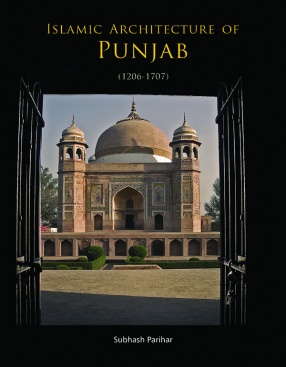
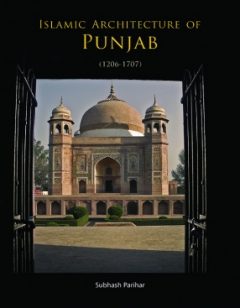
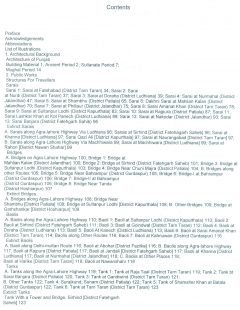
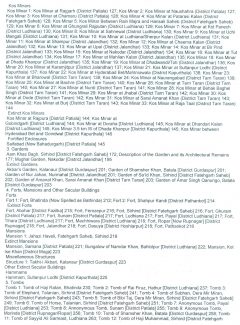
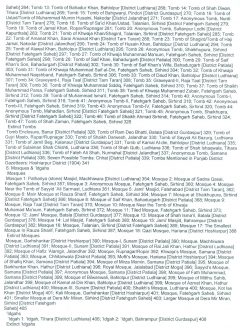


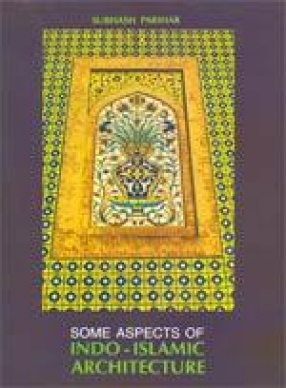
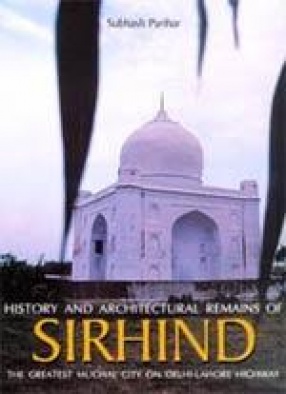
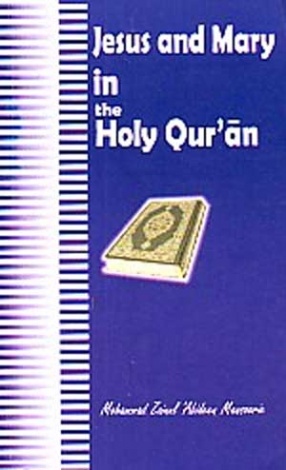
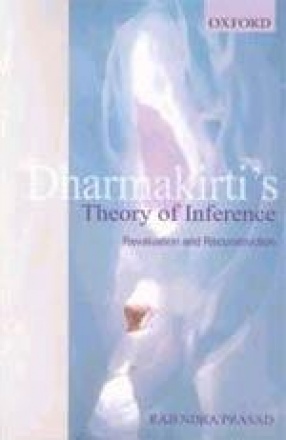

There are no reviews yet.